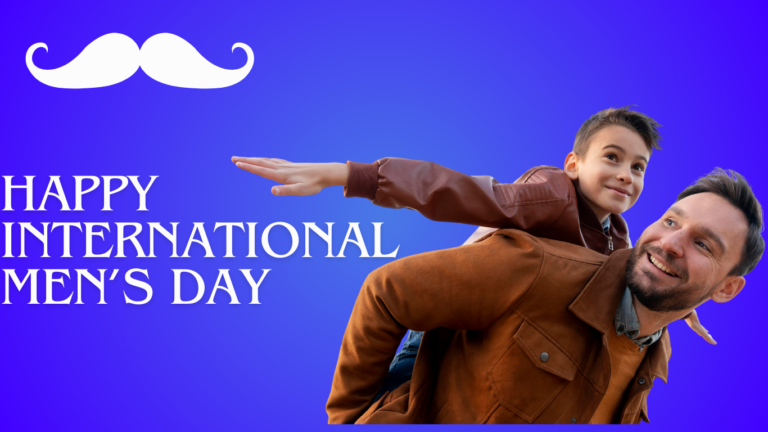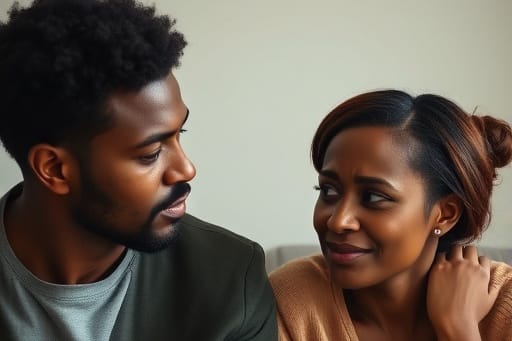
It Ends With Us: A Review.
Warning: This article contains references to domestic violence.

It Ends with Us, directed by the visionary filmmaker who brought The Silent Storm to the screen, takes on Colleen Hoover’s bestselling novel with a nuanced and emotionally charged adaptation. The film manages to capture the essence of Hoover’s complex characters and the tumultuous journey of love, personal growth, and resilience. Set against a backdrop of intense emotions and heartfelt moments, the movie delves into the intricacies of relationships and the often painful decisions we must make for our well-being. The movie was released just yesterday on the 8th of August. When the teaser of the movie was released in May it had got 128 million views. This is merely because of the popularity of the book. Colleen Hoover has managed to win hearts with her writing but the question is will the filmmakers be able to portray the actual essence of the book? Let’s find that out here.
The book revolves around the life of Lily Bloom played by and how she fights her emotional battles with the support of Atlas Corrigan played by Brandon Sklenar. However, she later meets the hot neurosurgeon Ryle Kincaid played by Justin Baldoni who she marries. The movie captures the emotional appeal of the book. Although the audience is very disappointed by the choice of casting. While Blak Lively is an amazing actress and has done a great job in the movie she is just not Lily. The audience had a completely different expectation for the characters which they had imagine. Despite knowing the story beforehand and seeing the disappointing cast the box office was full all over the world.

The narrative is divided into two parallel storylines: Lily’s budding romance with Ryle and her evolving relationship with her first love, Atlas Corrigan. The film does a commendable job of weaving these storylines together, providing viewers with a clear understanding of Lily’s emotional journey and the internal conflicts she faces.
One of the film’s standout achievements is its portrayal of the complexities surrounding abusive relationships. The screenplay, adapted by the director in collaboration with a seasoned team of writers, does not shy away from depicting the difficult and often painful realities of such dynamics. The scenes involving Ryle’s abusive behavior are handled with sensitivity and realism, shedding light on the psychological and emotional impact on Lily. Blake Lively delivers a powerful performance, capturing the internal struggle of a woman torn between love and self-preservation.
The film also excels in its exploration of personal growth and self-empowerment. Lily’s journey is not just about her relationship with Ryle but also about her development as an individual. She has been watching her mom get abused every day all her childhood but her mother never dares to leave his father. While she stops that generational trauma by telling her daughter ‘It Ends With Us’ Her evolving sense of self-worth and independence is a central theme, and the movie does a superb job of illustrating her growth through various pivotal moments. The interactions with Atlas, who represents a different kind of love and support, further highlight Lily’s evolution and the difficult choices she must make. The Book has excellent and iconic dialogues which the movie failed to deliver. A dialogue was ruined due to censor reasons whereas others were missed.
The cinematography and score in It Ends with Us play a significant role in enhancing the emotional depth of the story. The film’s visual style, characterized by intimate close-ups and vibrant, yet muted color palettes, effectively captures the mood and atmosphere of the characters’ experiences. The score, composed by the talented duo of Barry Peterson, complements the film’s emotional highs and lows, providing a poignant auditory backdrop to the narrative. However, the film is not without its flaws. Some viewers may find that the pacing lags in certain sections, particularly in the middle of the movie where the storyline delves into repetitive emotional conflicts. At times, the characters’ motivations and reactions seem a bit too predictable, which may detract from the overall impact of the story.
A silver lining is the application of sogs in important scenes. They have beautifully portrayed the blooming love of Ryle and Lily with the song ‘Nothing’s Gonna Hurt You Baby’ by Cigarettes After Sex. This song portrays irony in this context as Ryle ends up hurting Lily while he claims to protect her in the initial stages of their relationship. They have made use of the song ‘ Right Where You Left ME’ by Taylor Swift. All the bookworms are by default ‘swifties’ which means fans of Taylor Swift hence this use successfully won the hearts of bookworms. The song is used when Lily leaves Ryle. It portrays how she is emotionally stuck right where Ryle left him in complete shock and hurt.
In conclusion, It Ends with Us is a powerful adaptation that successfully translates Colleen Hoover’s novel to the screen, offering a poignant exploration of love and personal growth. While it may have its imperfections, the film’s strengths lie in its heartfelt performances, emotional depth, and the honest portrayal of difficult themes. For fans of the book and newcomers alike, this movie provides a thought-provoking and moving cinematic experience that lingers long after the credits roll. Overall, despite the shortcomings and flaws the audience has given the movie a rating of 4.2 stars out of 5 which is pretty good. Let’s see how the audience proceeds to like the movie in the coming days.




